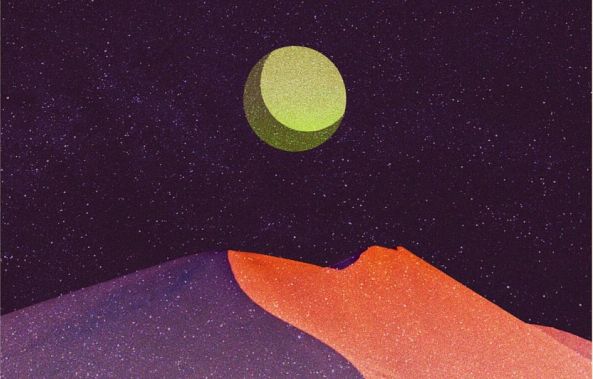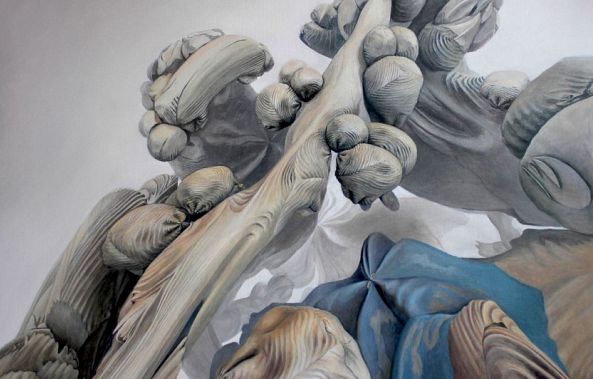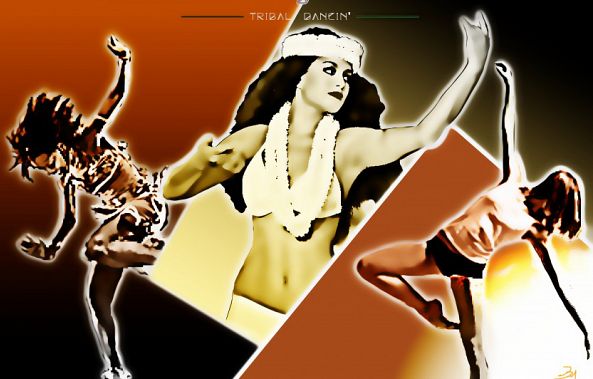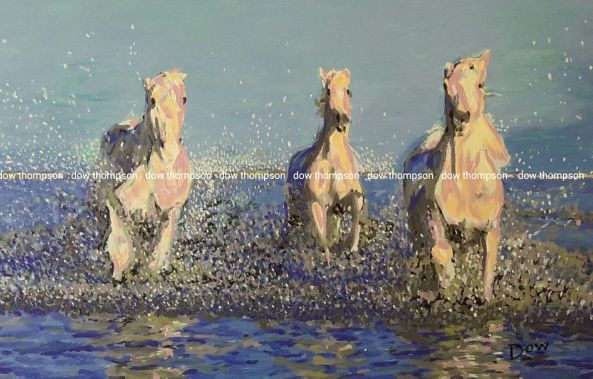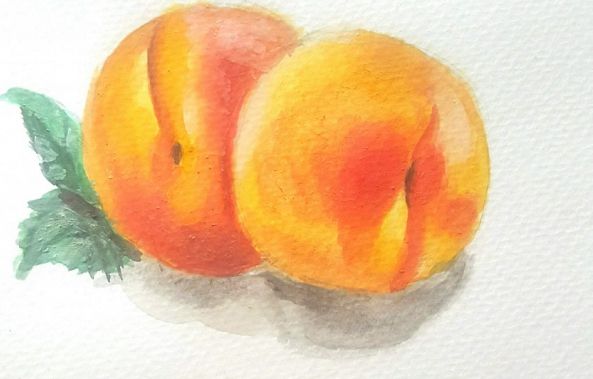The importance of the Certificate of Authenticity
The importance of the Certificate of Authenticity
It takes a lot more than good art to make a living as a professional artist. To be competitive in the arts sector these days, you need a toolbox of business skills to go along with your creative talent. A Certificate of Authenticity (short: COA) will go a long way toward establishing your credibility as a professional artist. Certificates of authenticity demonstrate to buyers that you took the time to fill out a certificate of authenticity application and that you believe your work is worthy, which is crucial when trying to persuade somebody to spend lots of money on a work of art!
You'll save energy by standardizing your artist certificate of authenticity method, focusing on what matters most: making art and exhibiting it on your online art portfolio. This guide will show you how to get a certificate of authenticity and what details you should have on it.
The certificate of authenticity is the essential key to the good sale of your works. You must provide the buyer with a certificate of authenticity (even if he does not claim it) along with the sales invoice for your work.
Transactions and value assessments can be challenging without a certificate of authenticity. The certificate of authenticity is extremely useful in determining whether or not a work is genuine and was created by the artist.
Without a certificate of authenticity, it is more difficult to evaluate the work. Its value depends on many things such as its author, its provenance, its size, its technique, the materials used, the subject represented, etc. The COA provides a great help with all of that.
What is a Certificate of Authenticity?
Authentication is built into several things, whether it's a specific element that is the artists signature or a recognizable brand name. These specifics ensure a certain degree of consistency and demonstrate that the product is what it claims to be. A certificate of authenticity for artwork is a document that should be included with any piece of art you make, regardless of whether it sells or not.
The COA certificate is the most important method for assessing the provenance of an artwork, since it certifies that the work was made by you. This is especially important for higher-profile artists, but giving customers certificates of authenticity is the quickest way to show that your work is worth investing in and that you believe it will be worth a lot of money in the future.
So, a certificate of authenticity is a document required to assign a work of painting, sculpture or photography to an artist. Important information: An invoice cannot replace a certificate of authenticity.
Why You Need a Certificate of Authenticity for your Artwork?
A COA verifies that you created a work of art, which can be useful in assessing the provenance and comparative value of the work if it is sold later, particularly if you become well-known and respected in the art world.
For you and the customer, each certificate of authenticity may also serve as a receipt and a record of sale. If your creative career hasn't been very fruitful, you might be wondering if you really need to go to the trouble of creating certificates of authenticity for your work. And if you don't think you have the ability for artistic recognition, there's no excuse not to make your own certificate of authenticity. You never know when you'll strike it rich, and when that happens, things will start to move quickly. Set up your COA certificate procedure now to save yourself from potential stress.
If you are represented by a gallery, the work may be sold directly by the gallery, which ensures that any certificates of authenticity should be present when the artwork is first assembled. This is true for any show where your artwork can sell before you have a chance to provide additional documentation, so streamline your system for producing certificates of authenticity and provide a COA certificate for any work that leaves your studio.
The value of a certificate of authenticity?
If a certificate of authenticity was not produced by the artist, its importance is derived from the notoriety of the individual who writes it, who is known by all experts at the time of writing the certificate as the most knowledgeable on the subject or for this artist.
What is a certificate of authenticity used for?
For collectors, requesting and obtaining a certificate of authenticity allows you to:
1. Establish the identity and authenticity of the work of art
2. Keep track of the origin of the purchased piece
3. Quickly evaluate its value over the years, especially if the artist is or becomes part of it
4. To guarantee its authenticity and value for insurance purposes and during resale
For artists, providing a certificate of authenticity allows you to:
5. Ensure the authenticity of your creation
6. Facilitate the future of the work and its identification
7. Provide valuable service to your buyers
8. Gain credibility in your community
How to Create a Certificate of Authenticity
Now that you know what a certificate of authenticity is and why it's important, it's time to write one! A step-by-step guide with all the details you need to include in a COA is given below:
1. Include the artist's name as well as the title of the painting, illustration, sculpture, etc.
2. Add the medium
3. List the materials that were used
4. Some artists choose to include a small picture of the artwork on the certificate, but this isn't needed if the definition is adequate
5. Include the artist's name as well as the year of creation.
6. Indicate the piece's exact dimensions, as well as any additional information if it is a limited edition
7. The location of the artwork, which is typically a region
8. If it's an original or a copy (print)
9. Create a certificate numbering or code scheme, with a unique number for each piece of artwork. Make a note of the code for your own records
10. Add the date and sign your full name in ink
11. Include your contact details (address and email) as well as a link to your art website. It's a good idea to provide a link to where the artwork can be viewed online to show that you're the one who made it
12. Declare that the artist retains all copyrights and that the artwork cannot be reproduced without your permission
13. For enhanced authenticity, some artists want to rubber stamp their certificates
14. Offer a few pointers on how to look after the artwork
15. Include additional detail about the artwork, such as where it was written and where it was displayed, if appropriate
16. If it's necessary, provide care instructions.
Tips for Creating the Best Certificate of Authenticity
Since your COA certificate serves as an extension to your artwork, it must appear professional if you want to be perceived as a major player in the art industry. Don't scrimp on time and effort by using standard printer paper to express your message. Rather, buy some thicker, higher-quality paper and find a certificate of authenticity prototype that fits the overall style and aesthetic of your artwork and brand identity.
You may opt to include a sticker with the key details of the artwork on the back of the piece itself, in addition to the certificate of authenticity, enabling the work to be marked whether or not it is accompanied by the certificate of authenticity. However, this can only be used as an extra COA certificate, not as a replacement for the independent certificate of authenticity.
Certificates of authenticity are typically created by the artist, but they may also be handled by the artist's publisher, agent, or art dealer in some cases. In this case, the particulars of the partnership should be noted on the certificate of authenticity, preferably with up-to-date contact information and a website in case the artwork's authenticity needs to be checked at a later date.
If you're an artist who wants a COA with a more general style, such as a fancy border and fill-in lines without the hassle of making one yourself, there are several printing companies who can provide this service, and the Certificates still look nice and professional.
A new feature on Artblr.com: The artists can now create Certificates of Authenticity for FREE
Artblr is pleased to provide all of our artist members with a new and free feature: the ability to print or save Certificates of Authenticity directly from the website. Another exciting improvement is that each Certificate now has its own QR Code, which makes it easier to identify it.
THANK YOU FOR TAKING THE TIME TO READ THIS! I
hope you find this blog informative and that I did not ramble too much. As artists, we must all help one another, so you can create a profile on our website if you feel like it suits you!
Whatever you're doing today, have a wonderful day, and thank you for reading!


